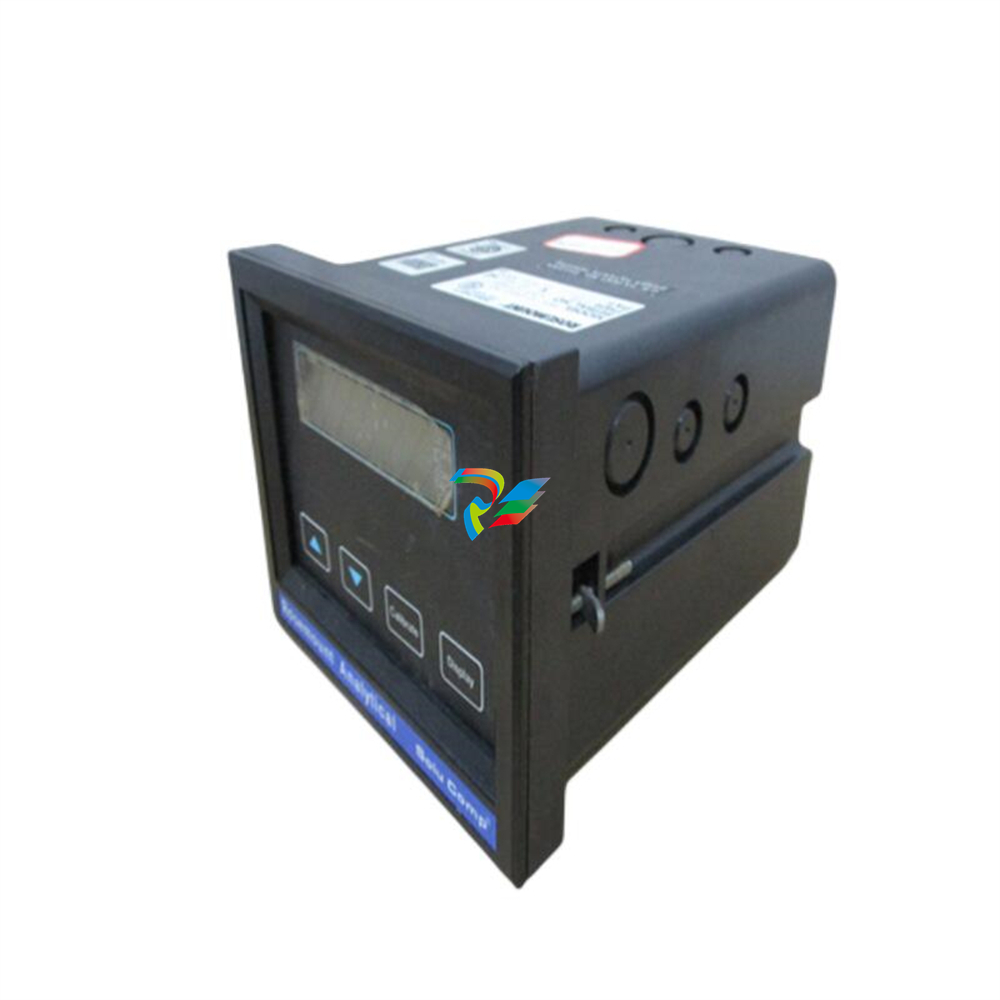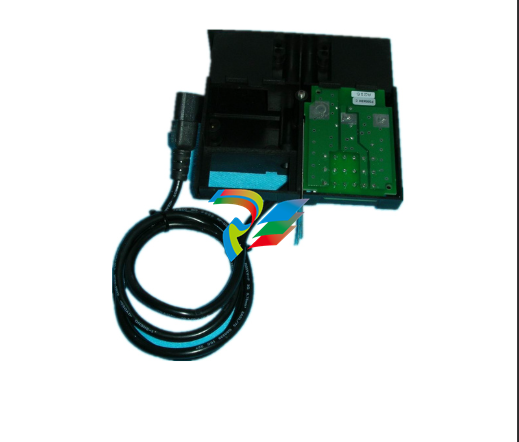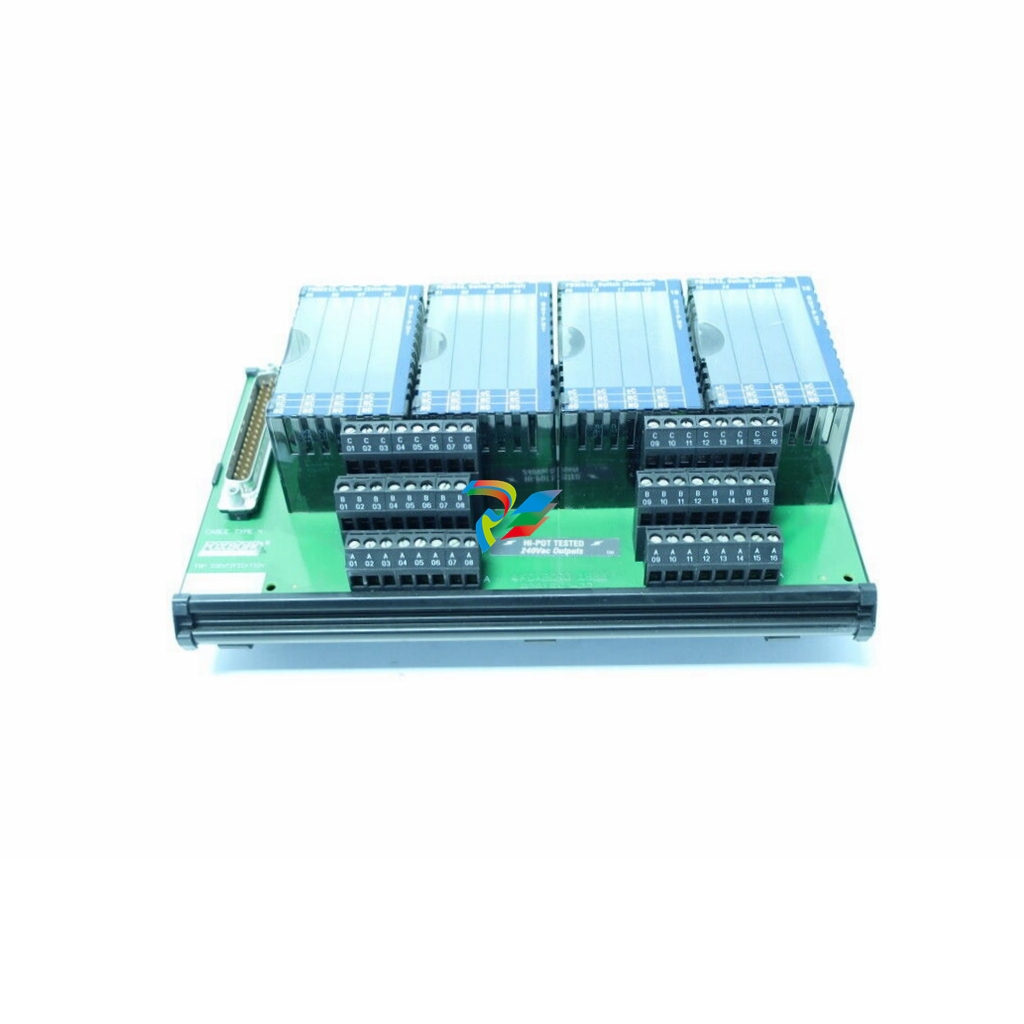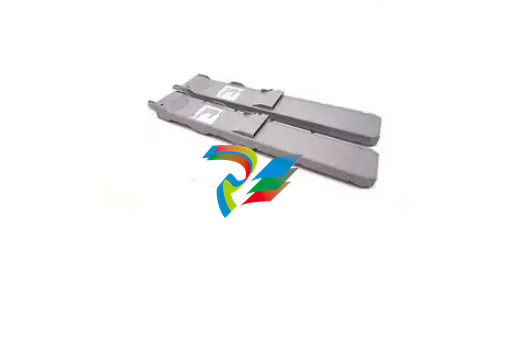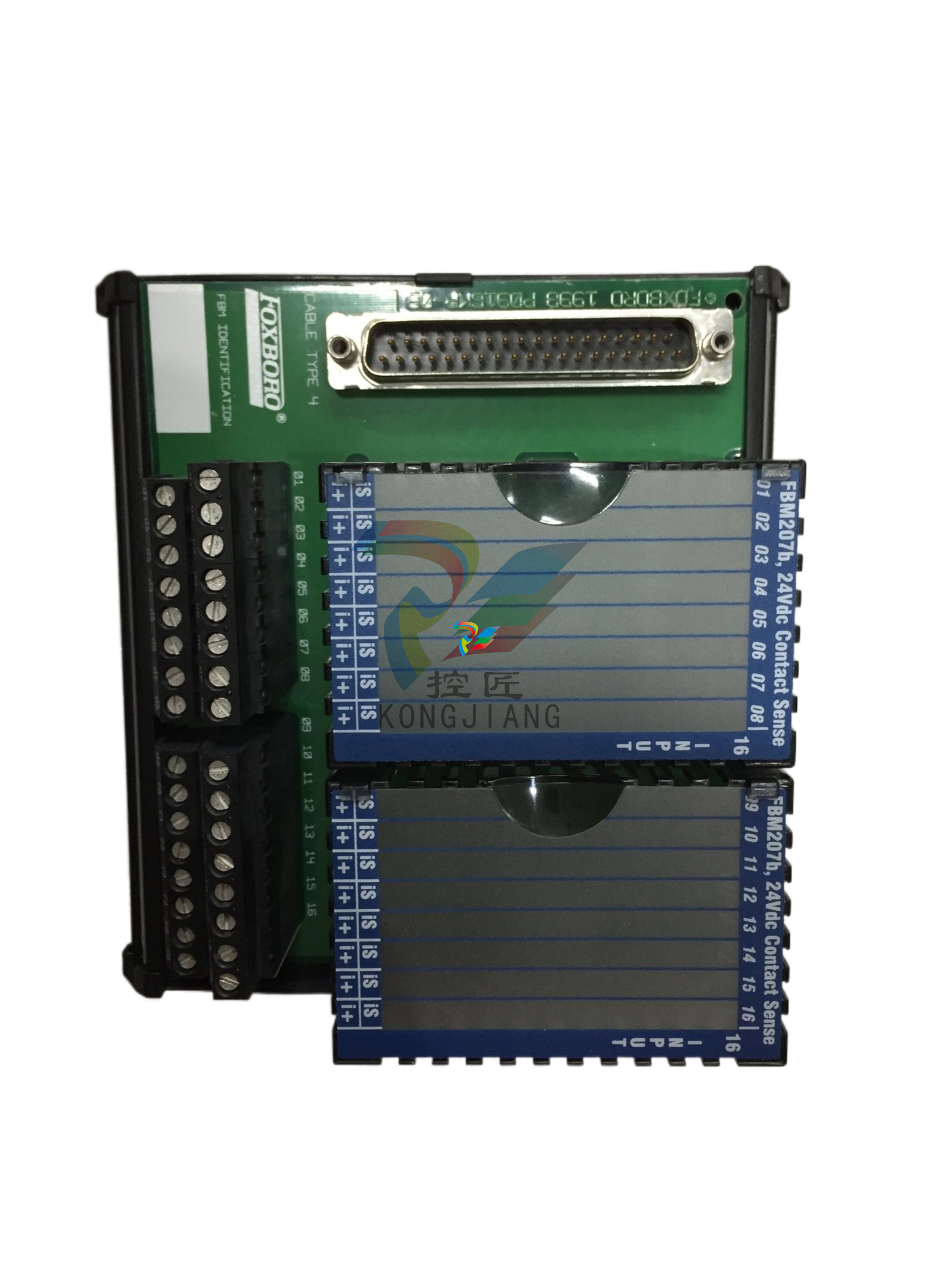
Ask the Automation Pros: What Are Your Thoughts About the Need for and Use of Simulation in Process Control?
Throughout my career I found and developed many equations for mass balances, energy balances, charge balances, and momentum balances. Most were ordinary differential equations but some were partial differential equations most notably for sheet lines. I also developed equations for mixing lags, injection delays, final control element and measurement 5Rs (resolution, repeatability, rangeability, reliability, and response time). I also developed an equation for lost motion more commonly referred to as backlash. I am diligent about including disturbances and dealing with near zero inventory seen in batch operations and the startup and shutdown of continuous operations. I am particularly proud of the charge balance for pH extended for activity coefficients that provides a universal general simple and reliable interval halving solution for modeling pH with not limitation as to complexity of components. I think that me becoming a world-wide expert in pH is largely attributed to the knowledge I gained from doing dynamic simulations of pH systems and consequential plant process control improvements.
I am proud of the Michaelis-Menten and Convenient Cardinal equations for bioreactions that I found and incorporated into a dynamic model for production of modern biologics. The equations unlike what is typically cited in the literature, is easy to setup and adjust to match test results. The batches that normally take 2 weeks can be run within hours using kinetic speedup factors. Extensive experimentation and testing of bioreactor operating conditions and control system design using a Digital Twin can be done in the research and pilot plant phases. However, for some reason there is a lack of recognition by scientists and process engineers of this opportunity.
What I love about first principle dynamic relationships is the learning of causes and effects and having the ability to experiment and speed up the tests so that the main limitation is your imagination. I am hoping that practitioners partnering with simulation experts can invest in developing some case studies that can open management and project team members to the value of innovation and process control improvement so that we are not simply doing copy jobs when migrating to use much more of the advanced capabilities of modern control systems.
Dynamic simulation can be used to provide better data by conducting an extensive Design of Experiments (DOE) for training Data Analytics and Neural Networks and validating whether correlations developed from plant data are actual cause and effect relationships. Most plant data is unfortunately not provided by a DOE but is simply a gathering of closed loop control data where variability is transferred from controlled variables to manipulated variables. Dynamic simulation can offer huge improvement and be a possible source of data for developing artificial intelligence.
This site has weekly “Ask Greg” posts on how dynamic simulation can provide the best instrumentation and control systems.
The following recent ISA books particularly detail the use and value of simulations with breakthroughs I mentioned for charge balance and bioreaction kinetics (use promo code ISAGM10 for a 10% discount on Greg’s ISA books).:
Advanced pH Measurement and Control - Digital Twin Synergy and Advances in Technology Fourth Edition
Control feature articles that show the use and value of simulation for innovation and process control improvement:
In the Control Talk column “Dynamic World of Modeling and Control” Julie Smith, global automation and process control technology leader at DuPont, describes how her group uses dynamic models to develop process understanding and process control improvement (PCI) including plantwide control strategies to increase process performance and provide training to increase operator performance.
In the Control Talk column “Simulation benefits in mineral processing,” Michael Schaffer, president of Portage Technologies, details how simulation enables greater and deeper knowledge of the process, and the use of smart controls and optimization to turn what were controlled variables into manipulated variables.

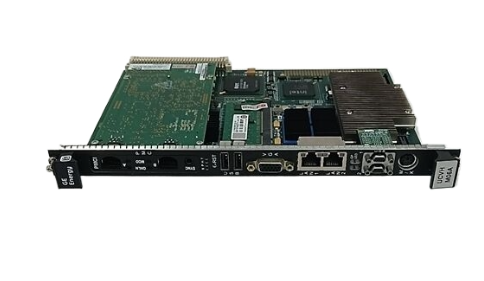
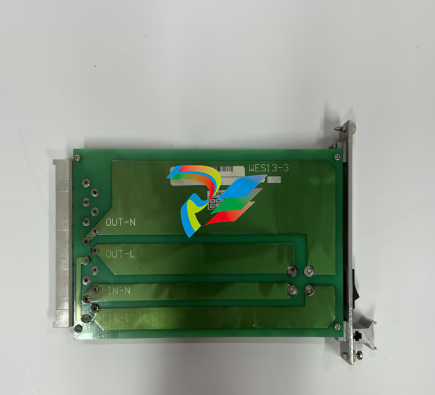
.jpg)

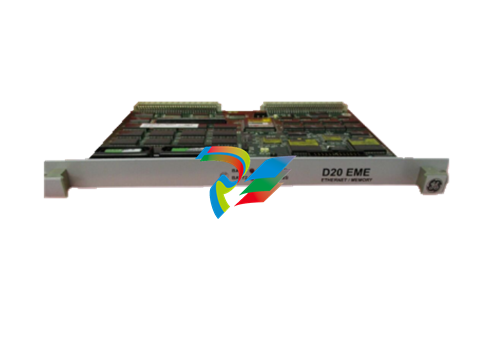
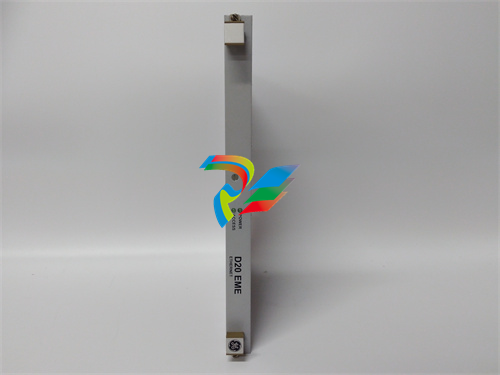
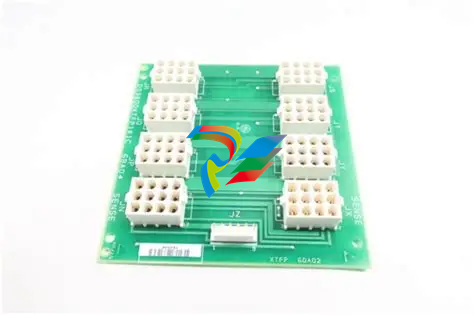












































.jpg)
.jpg)





.jpg)



.png)
.jpg)

.jpg)
_lVjBYb.jpg)

.jpg)
.jpg)



.jpg)
.jpg)







.jpg)

.jpg)
.jpg)






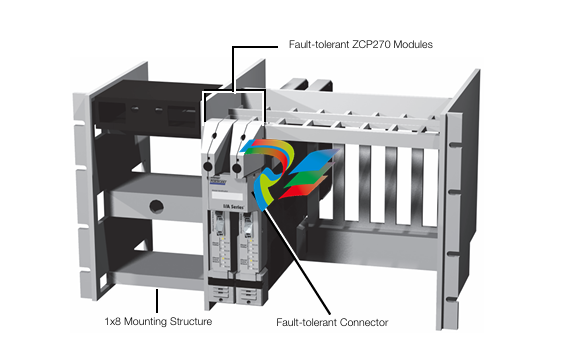

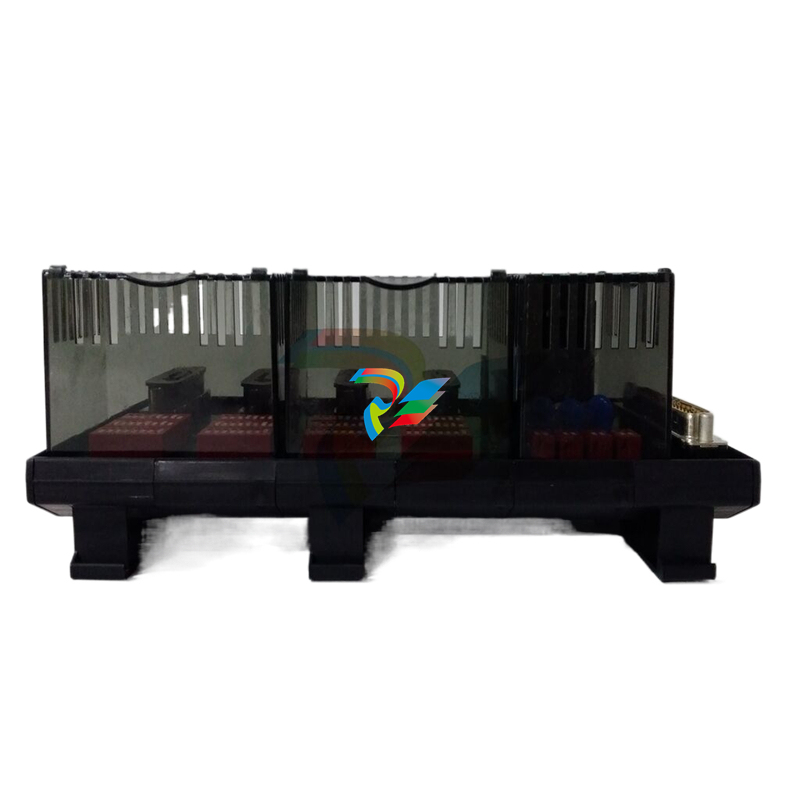
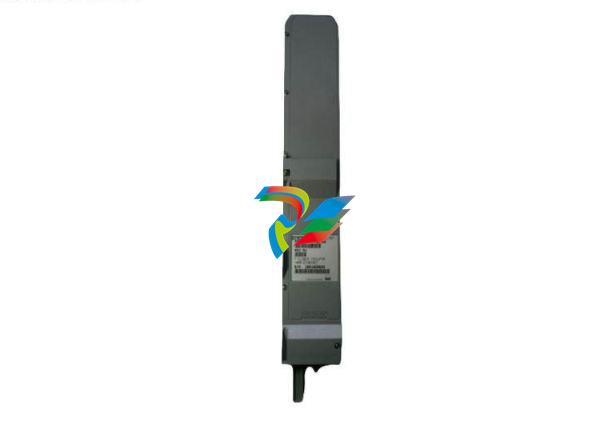
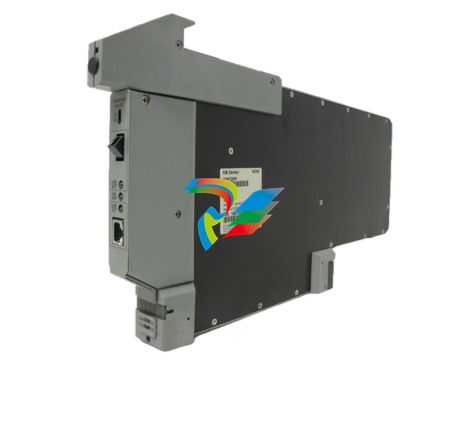
.jpg)


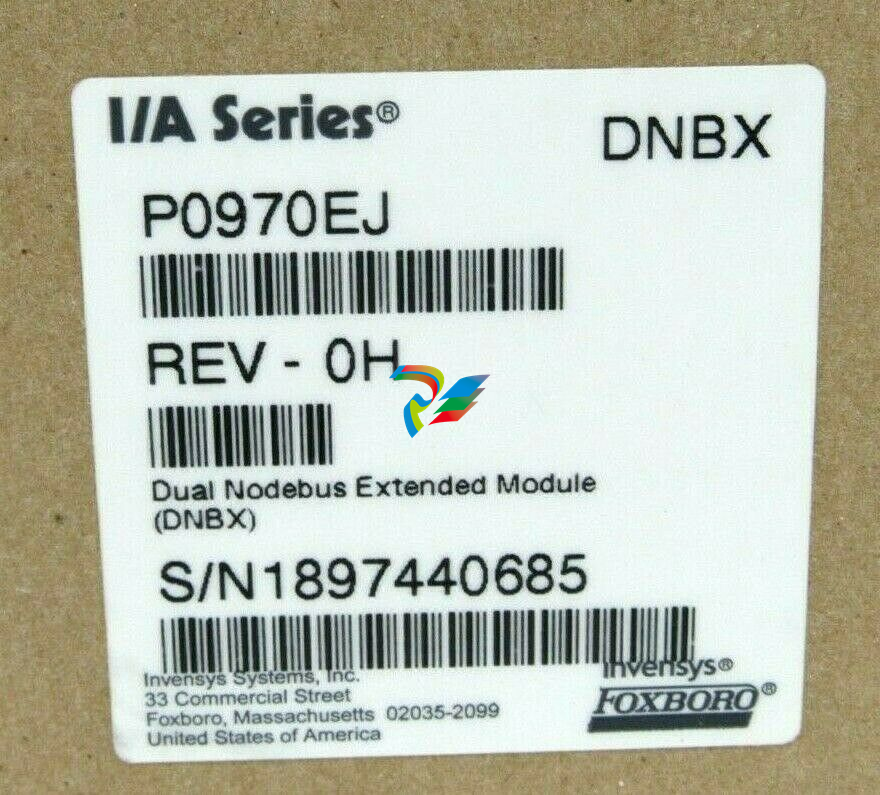

.jpg)
.jpg)
.jpg)
.jpg)
.jpg)
.jpg)
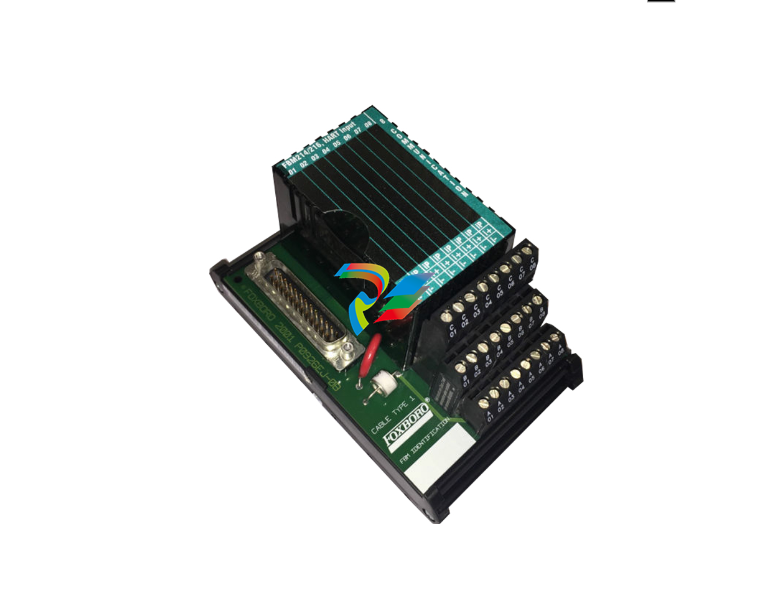
.jpg)
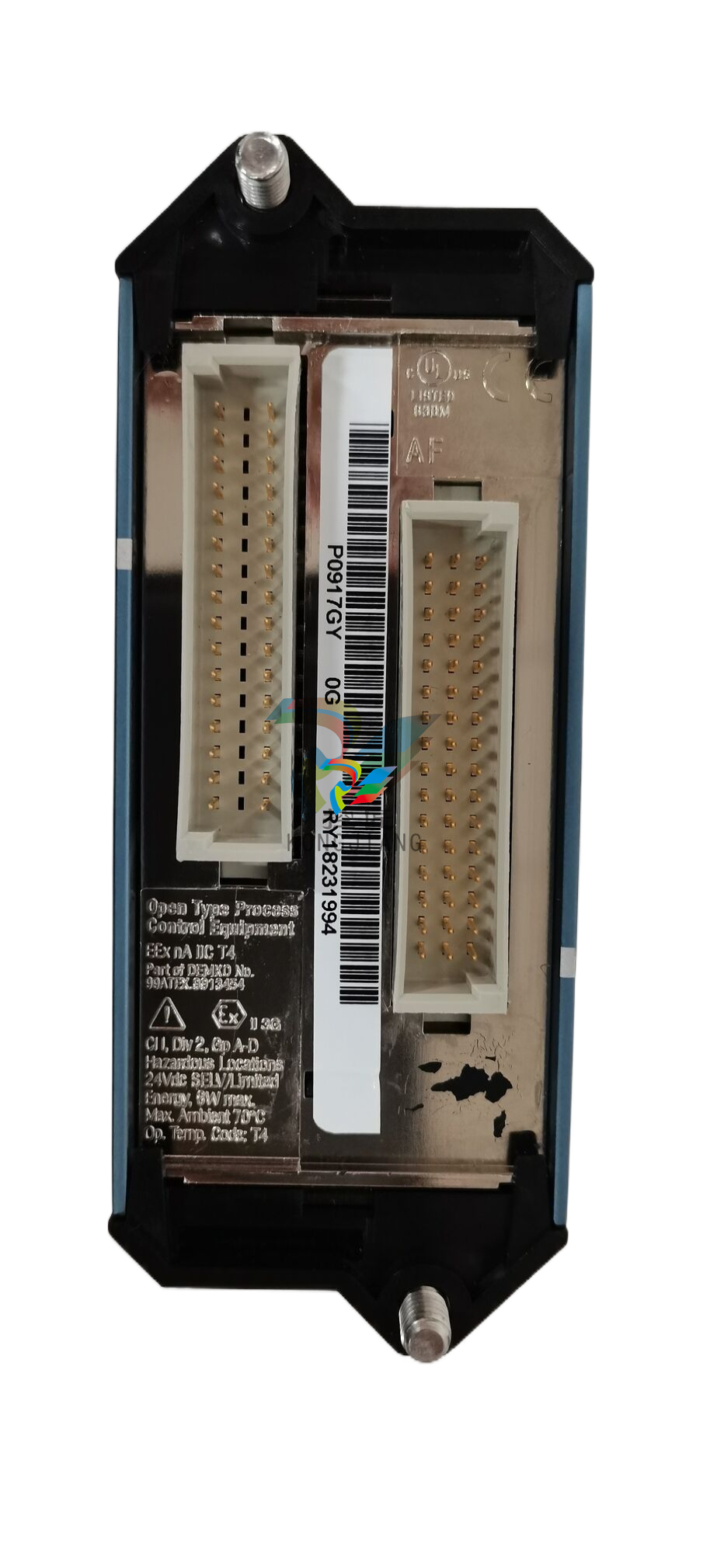
.jpg)
.jpg)
.jpg)
